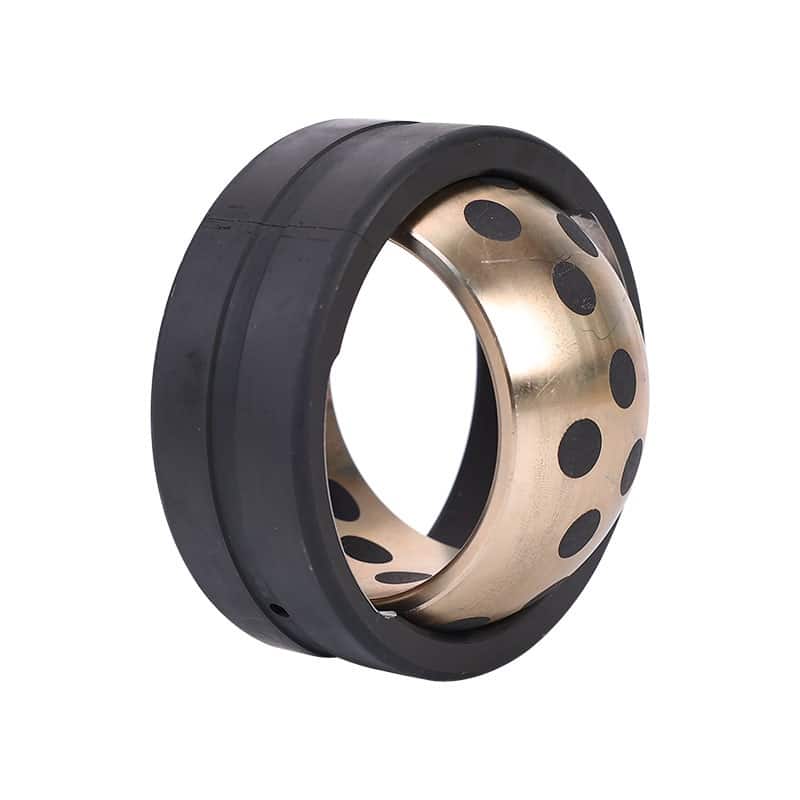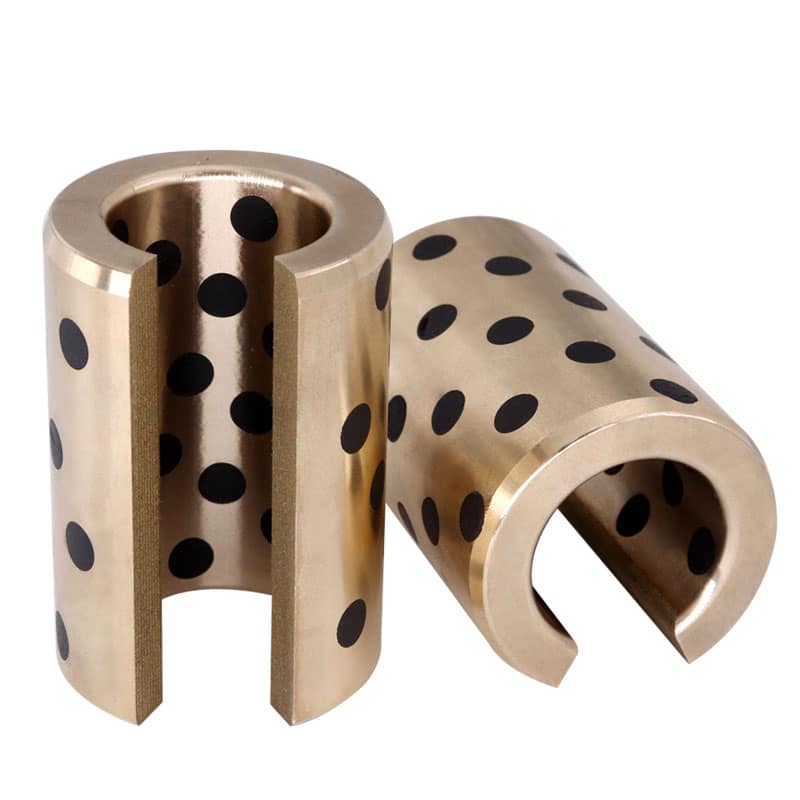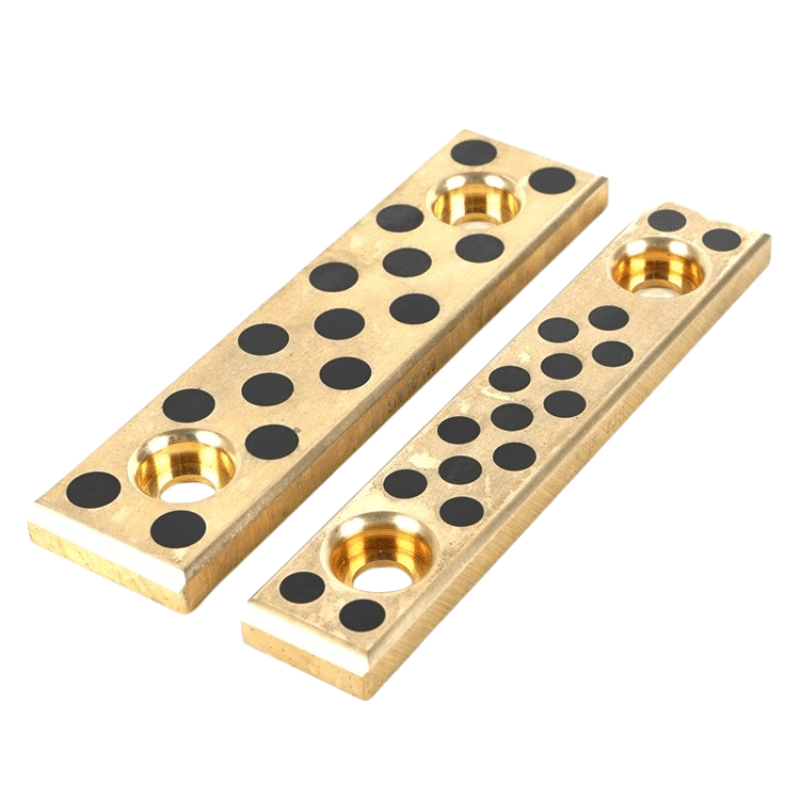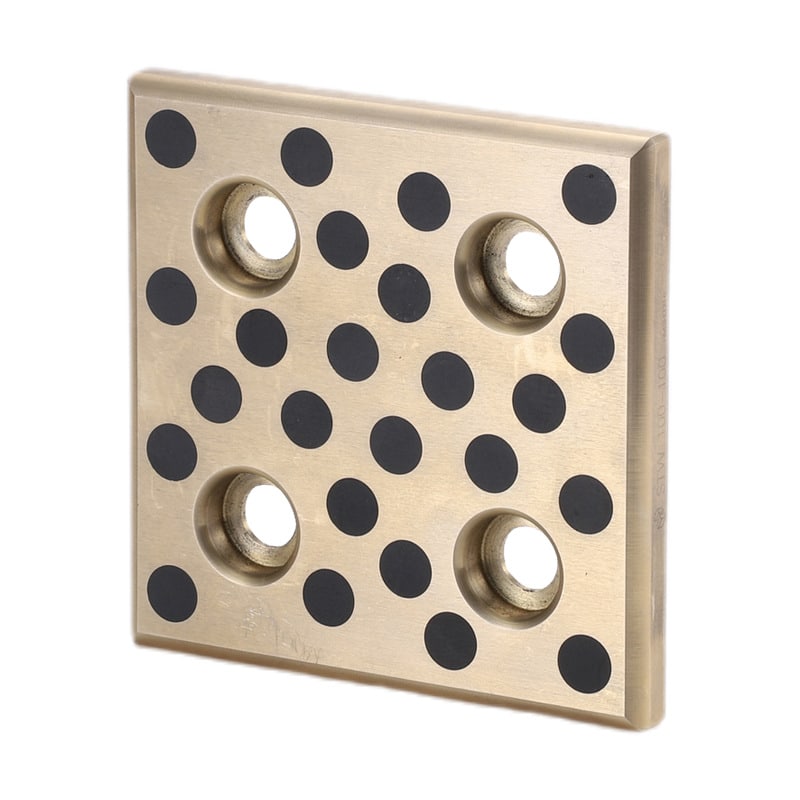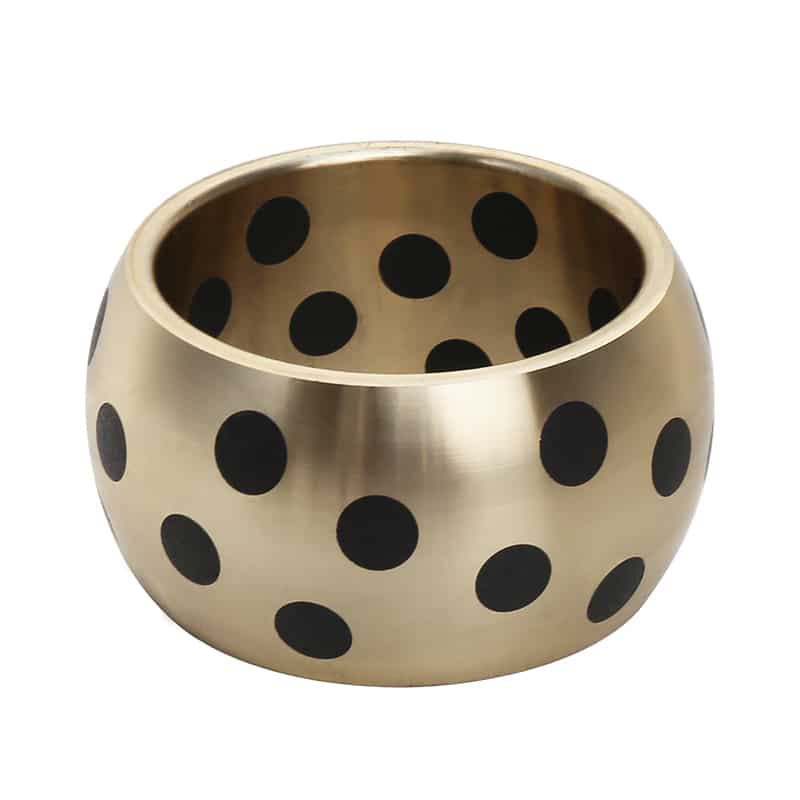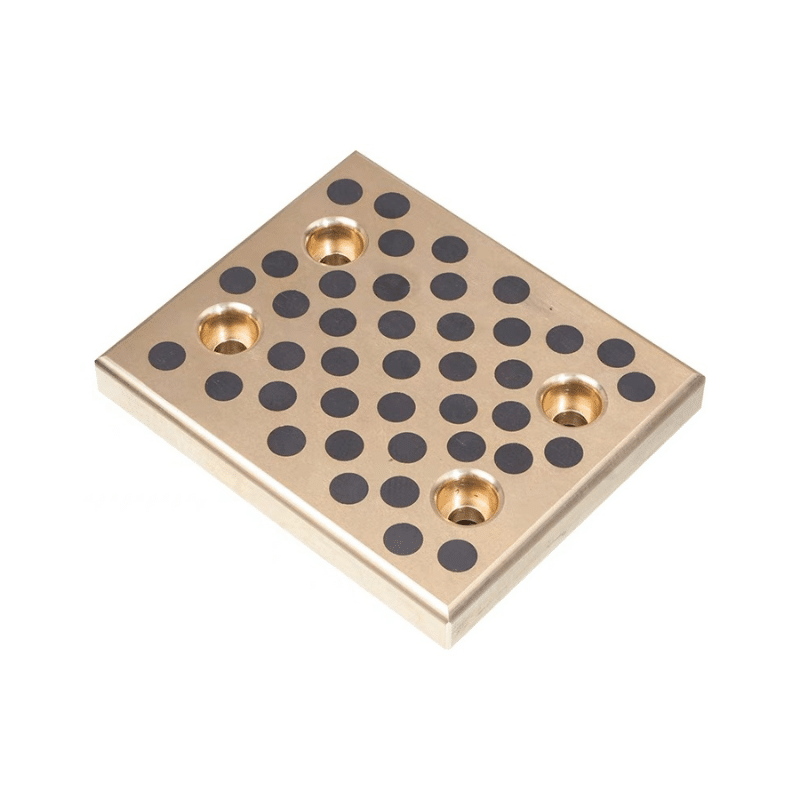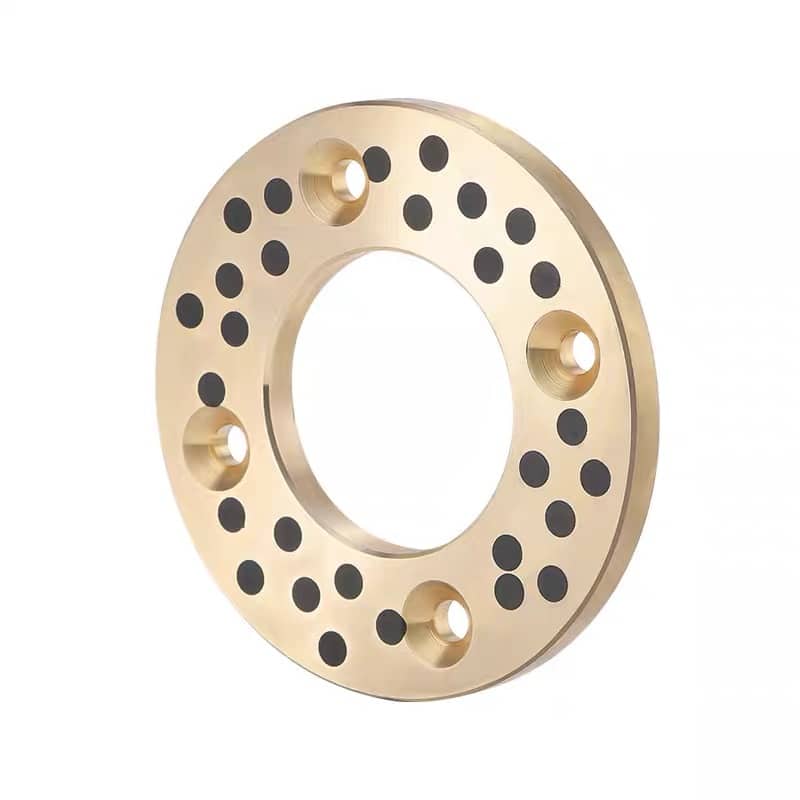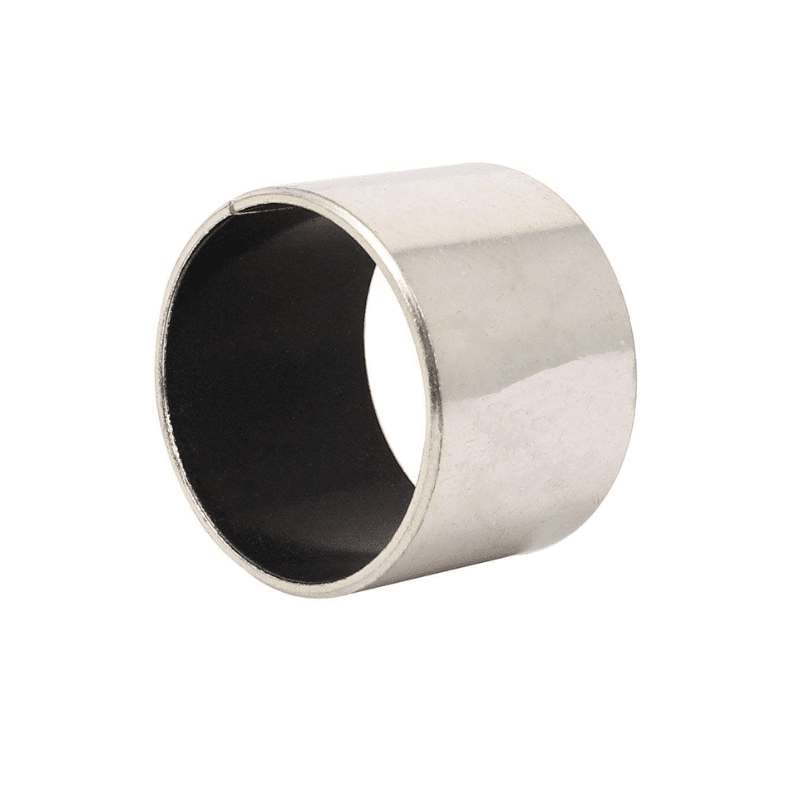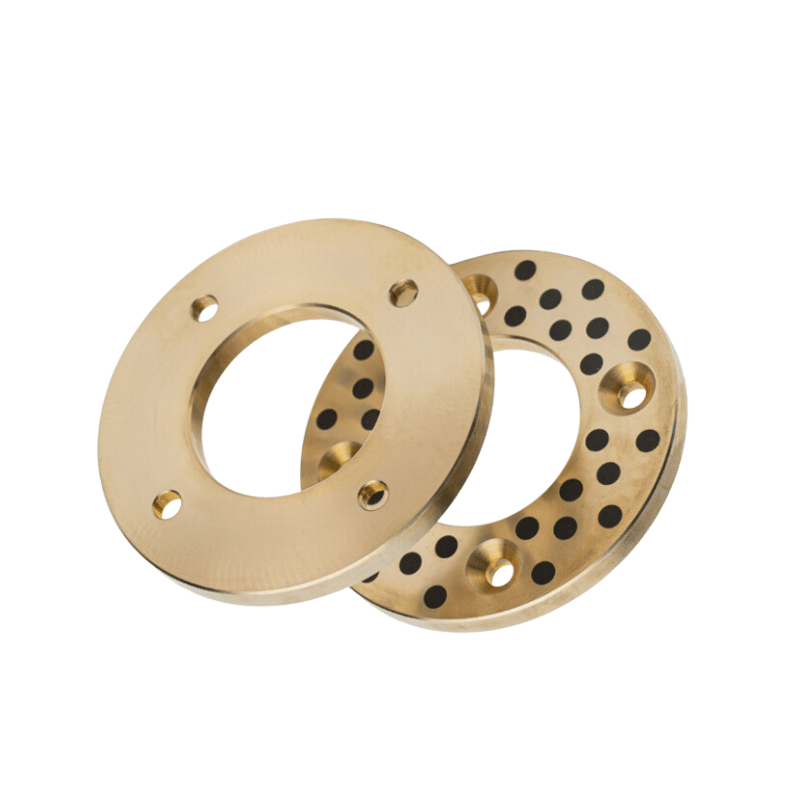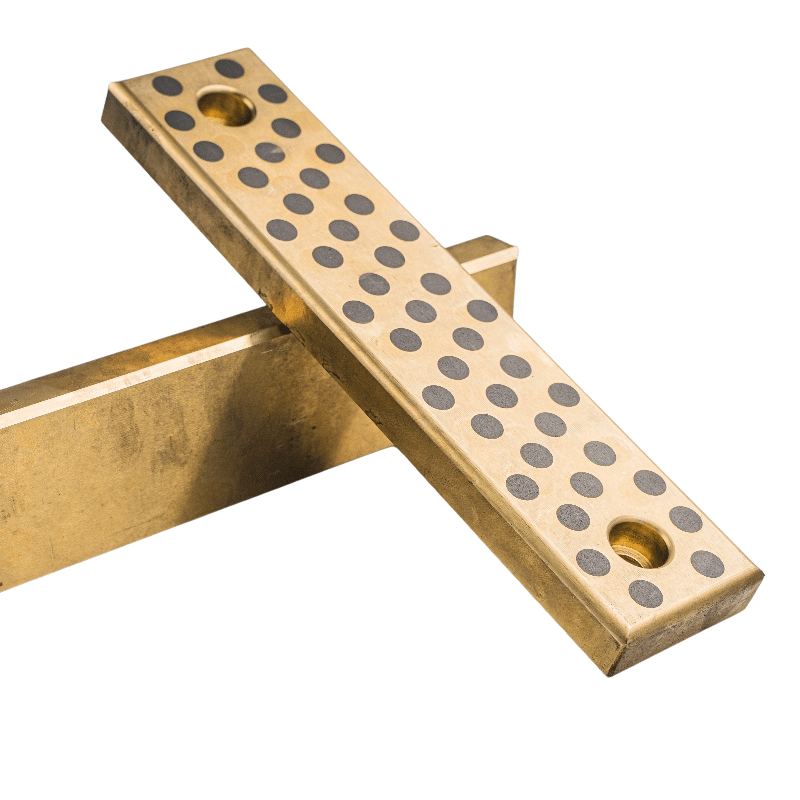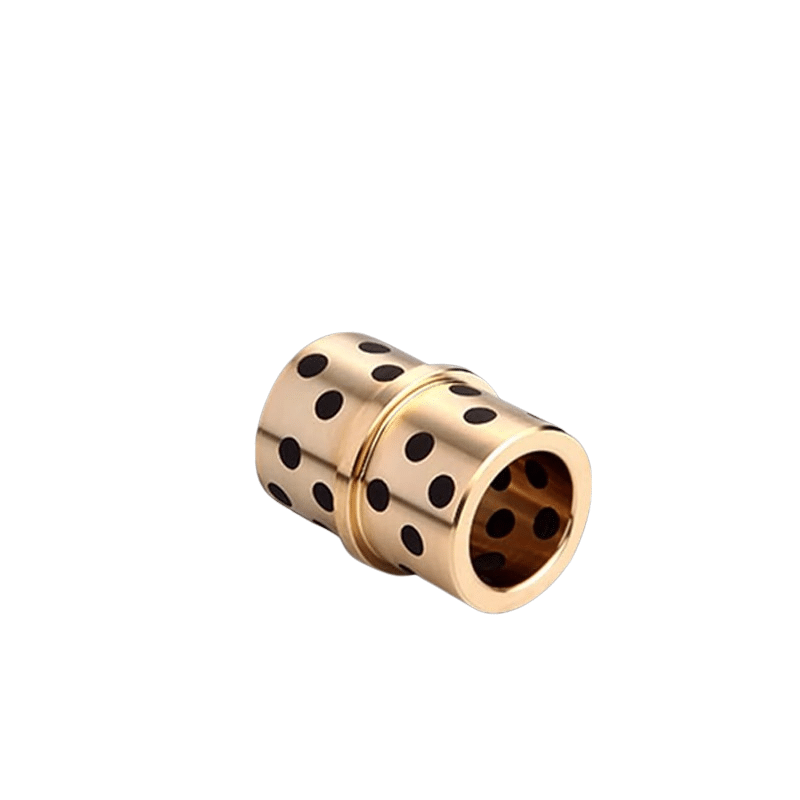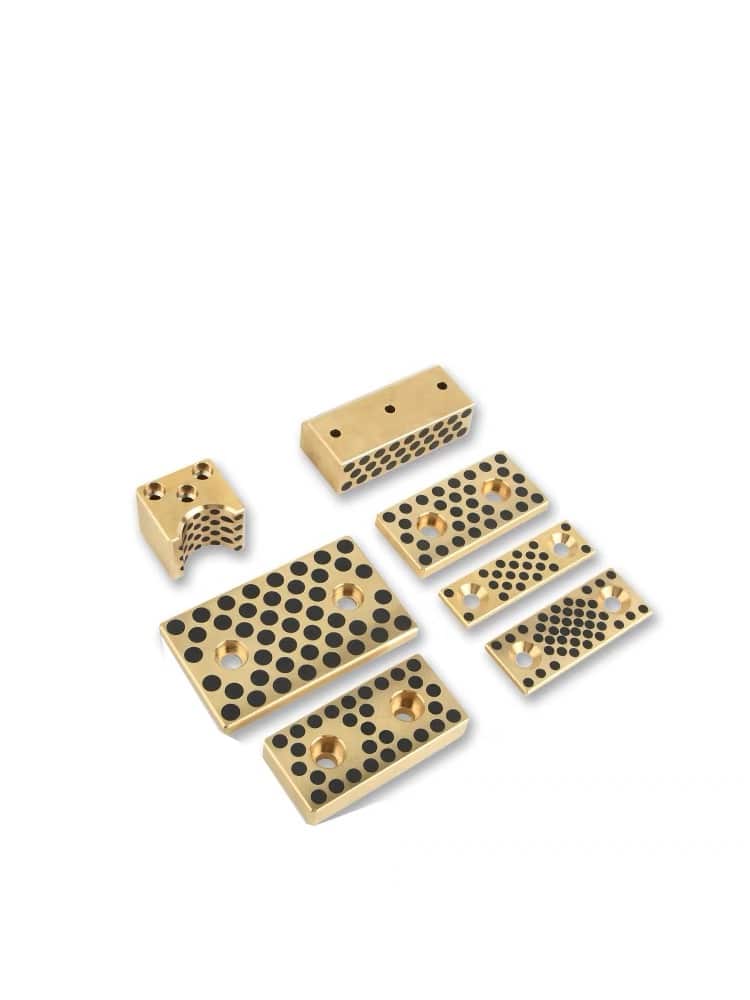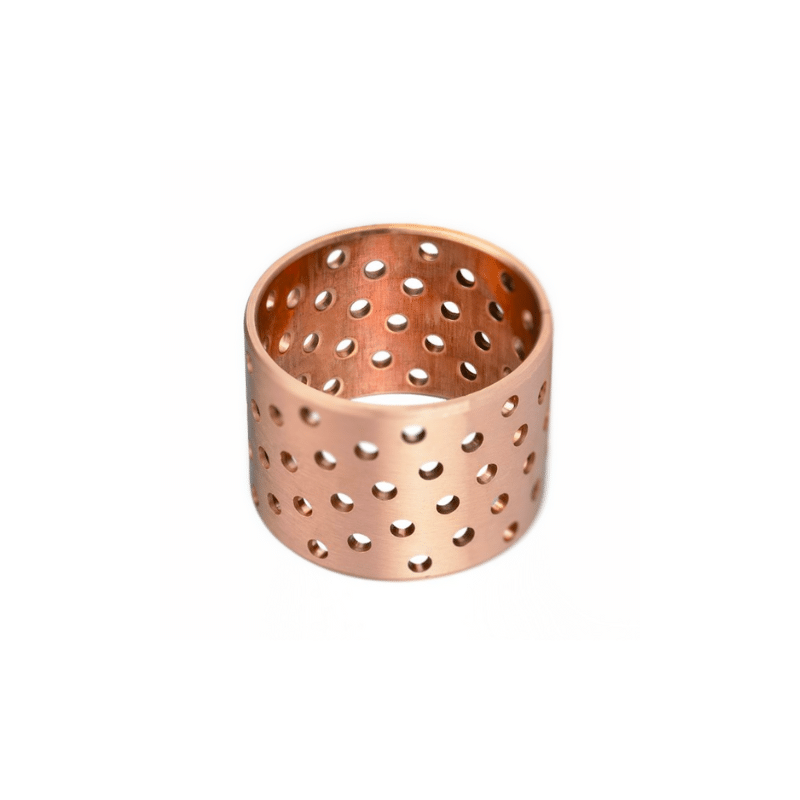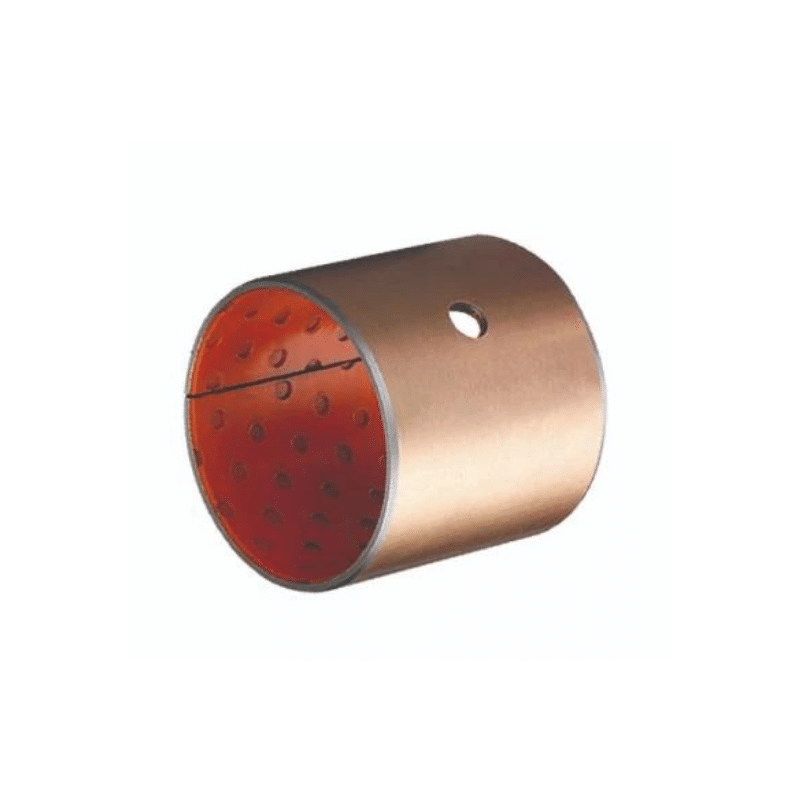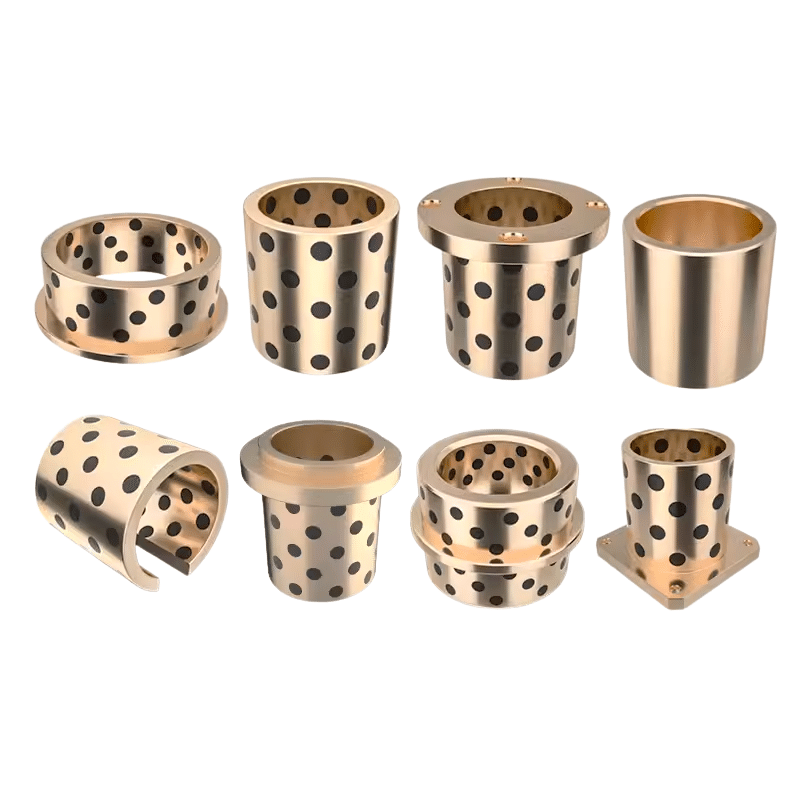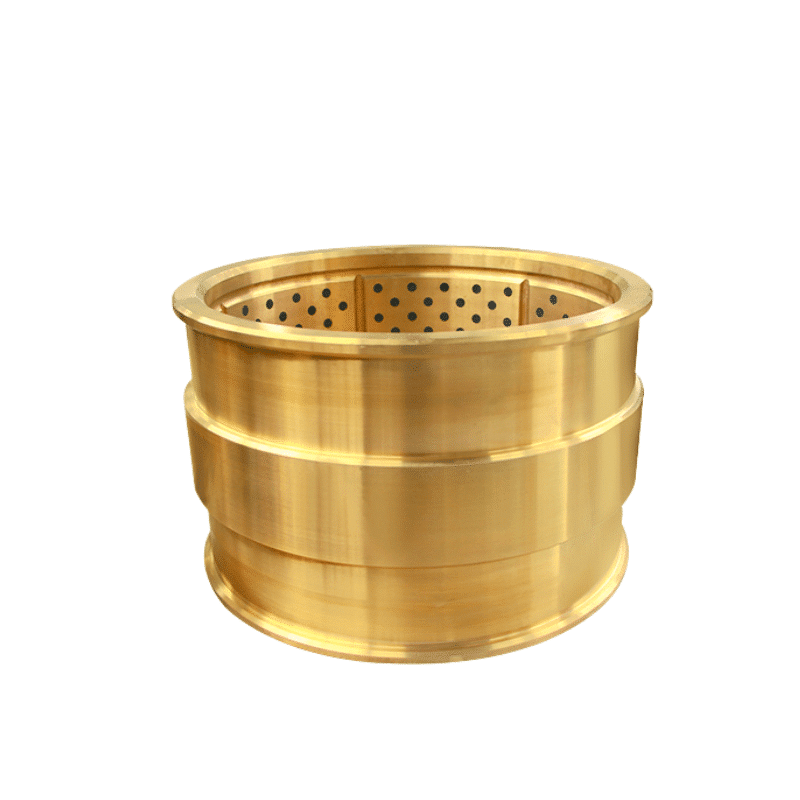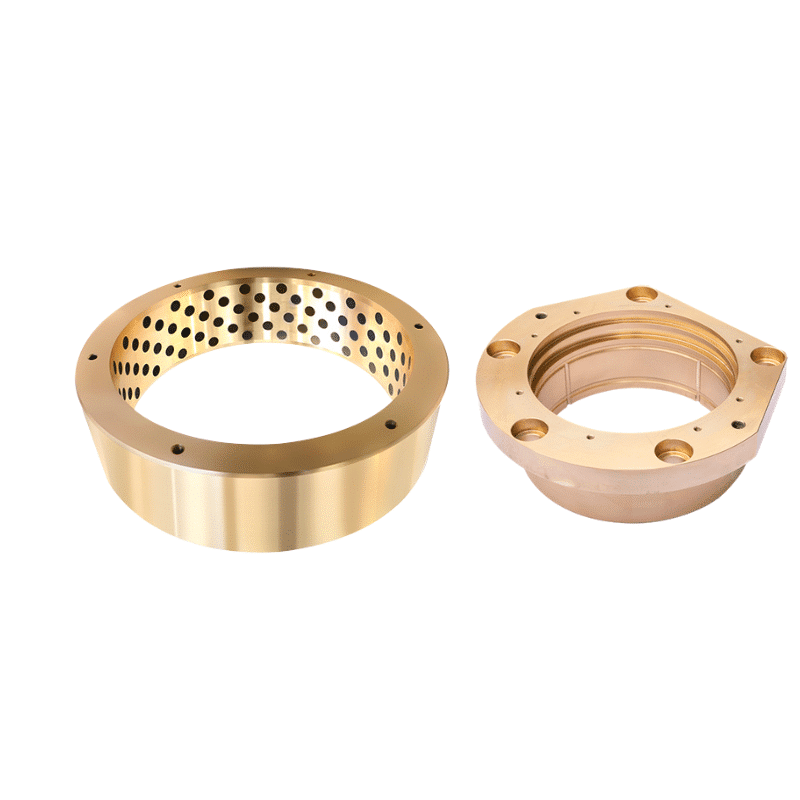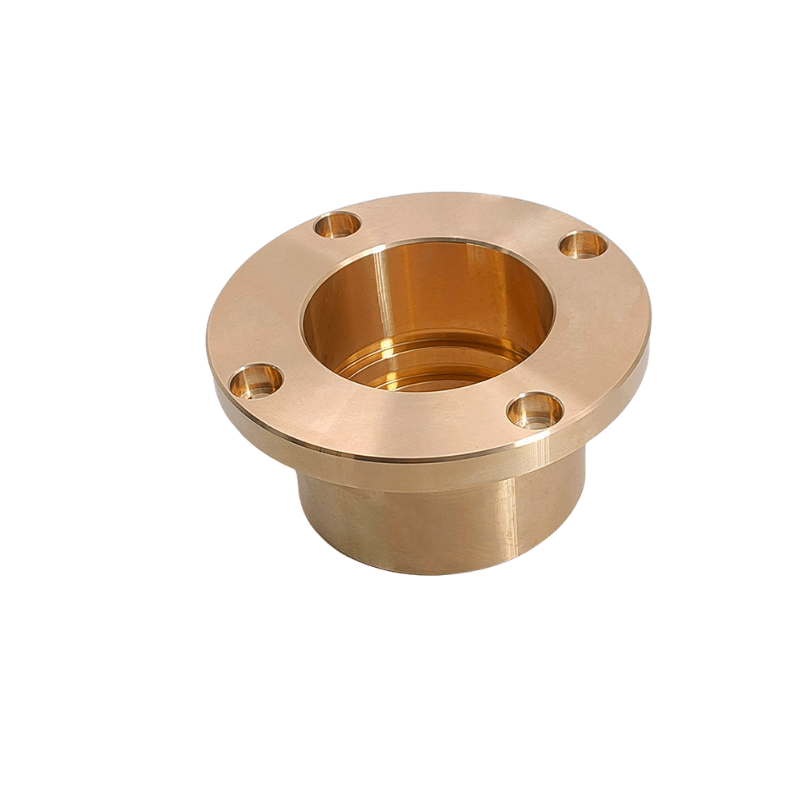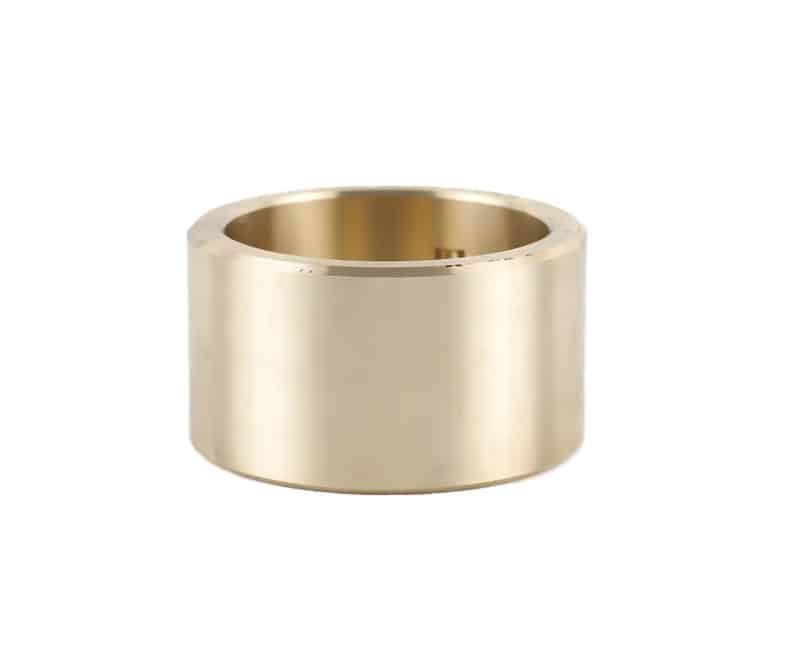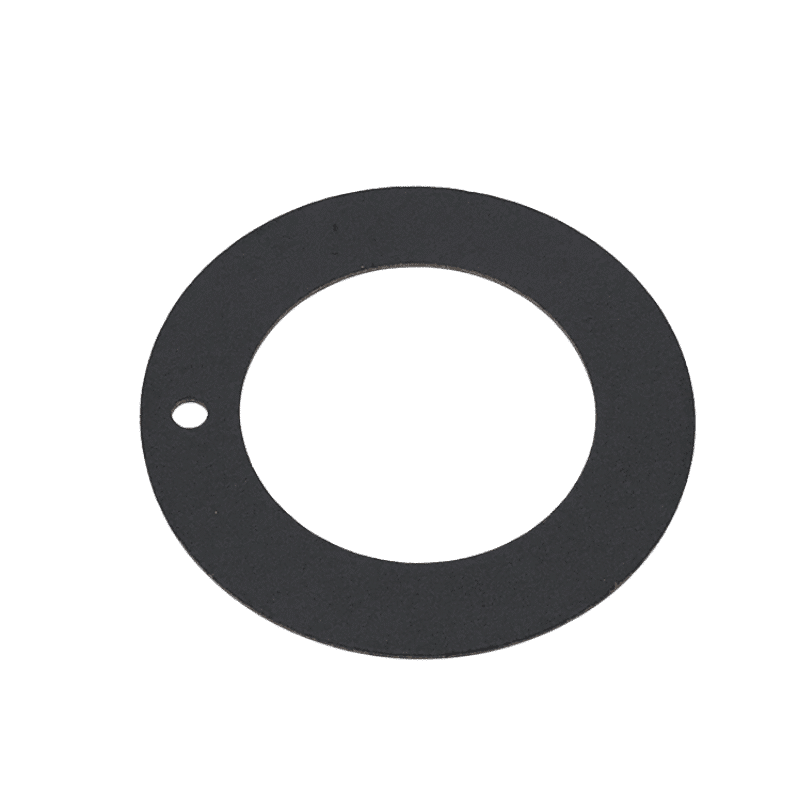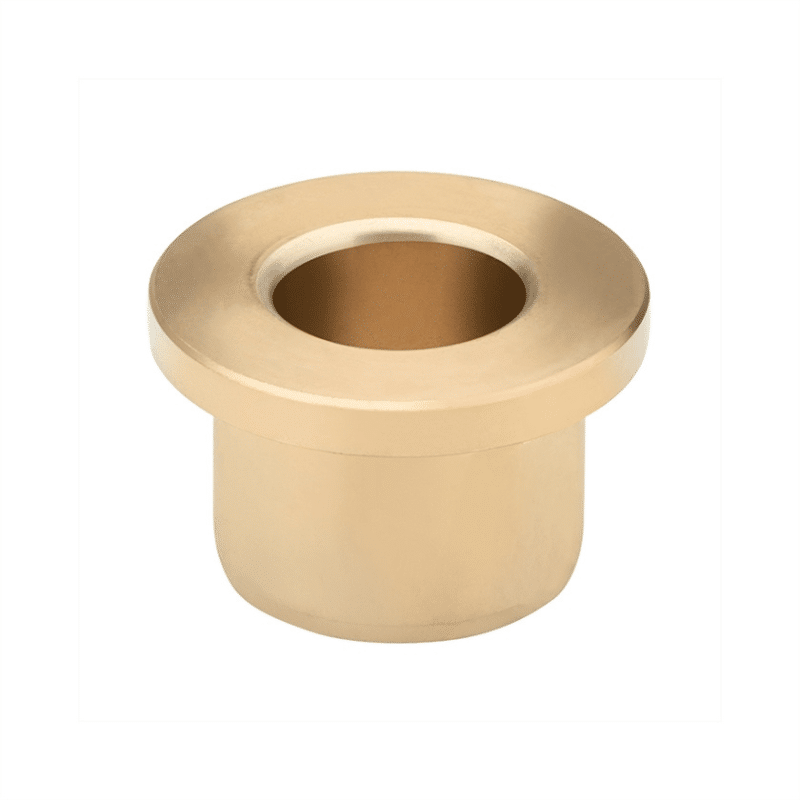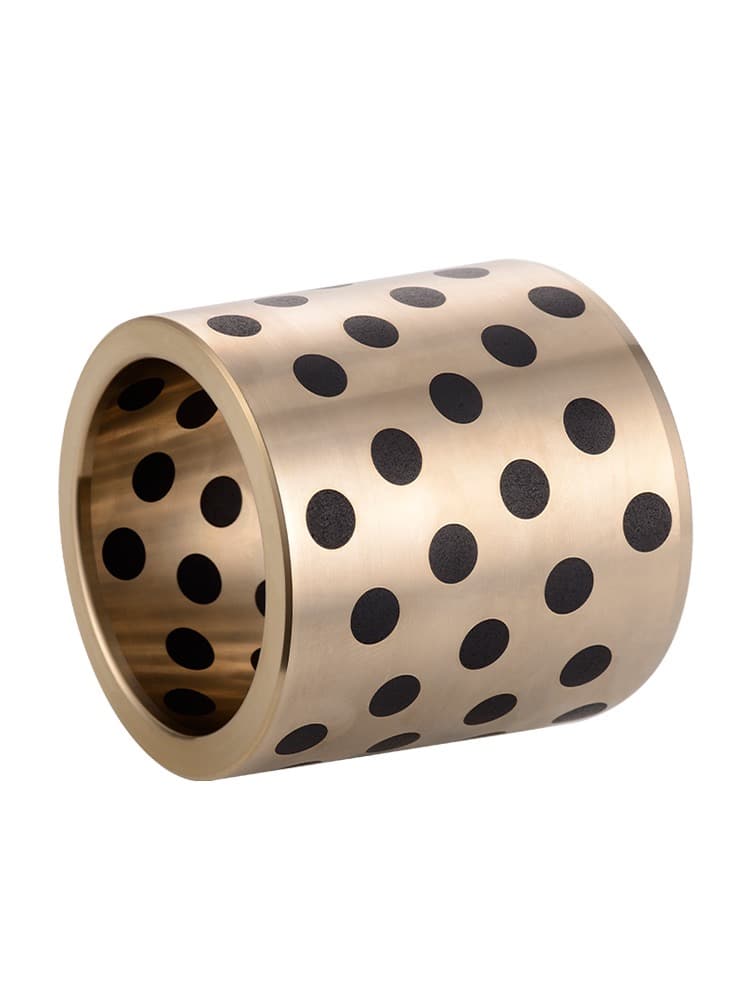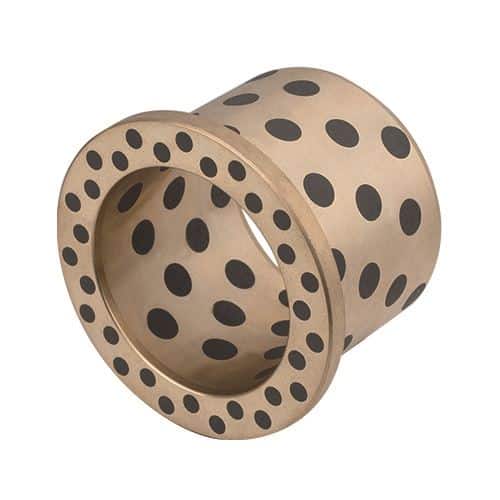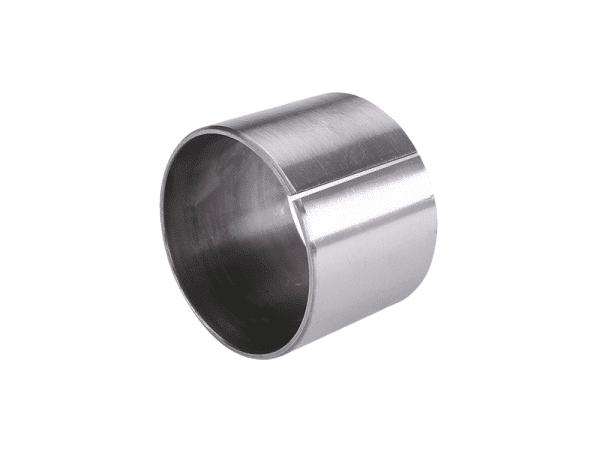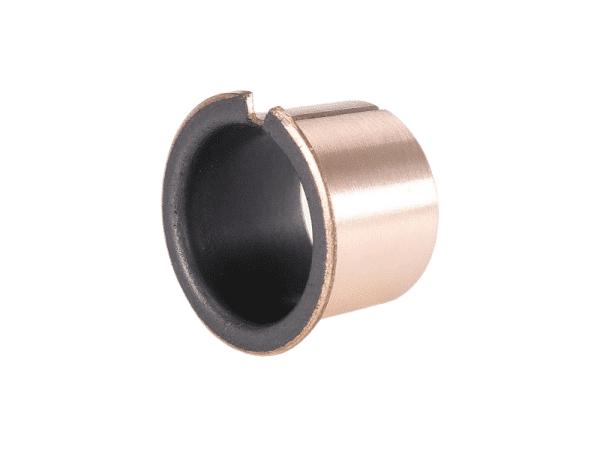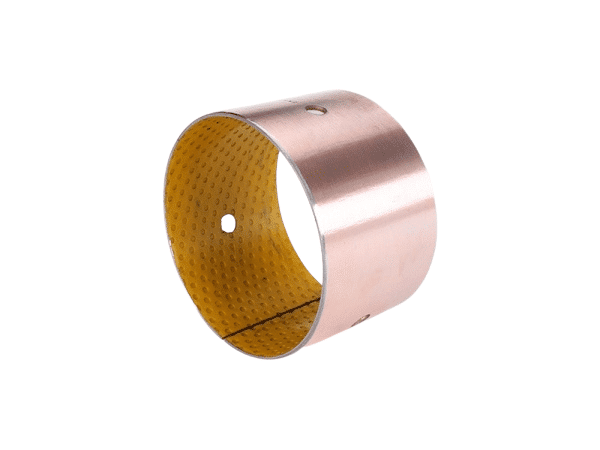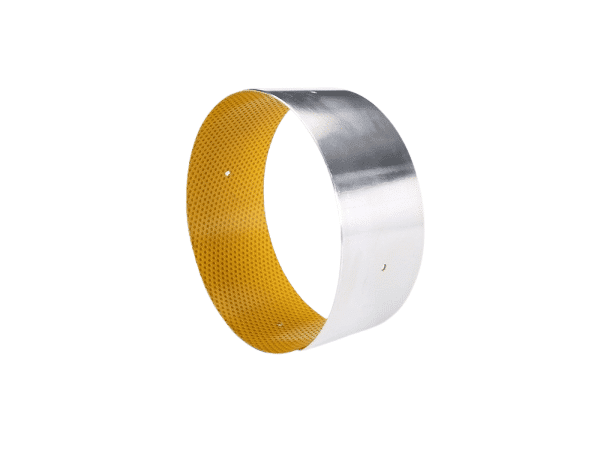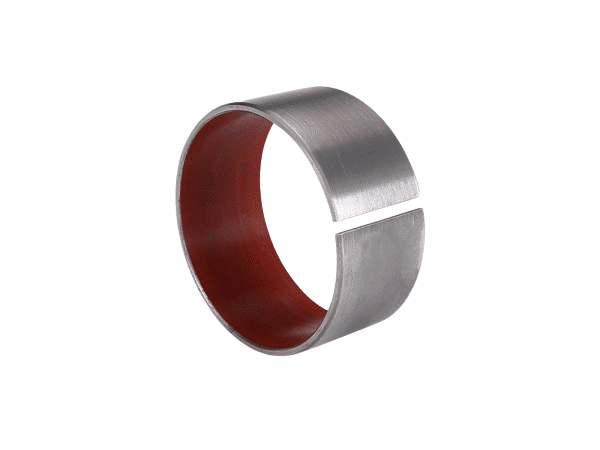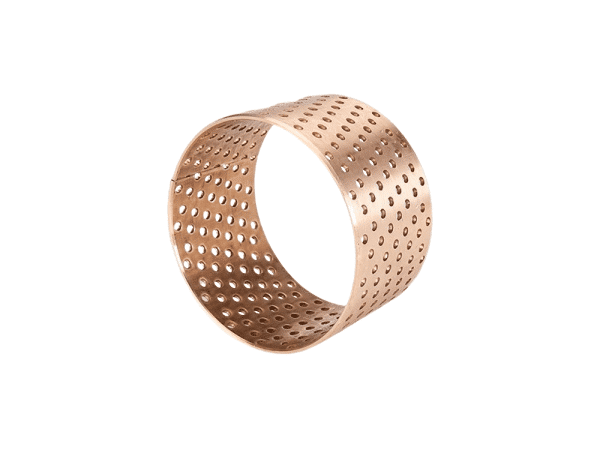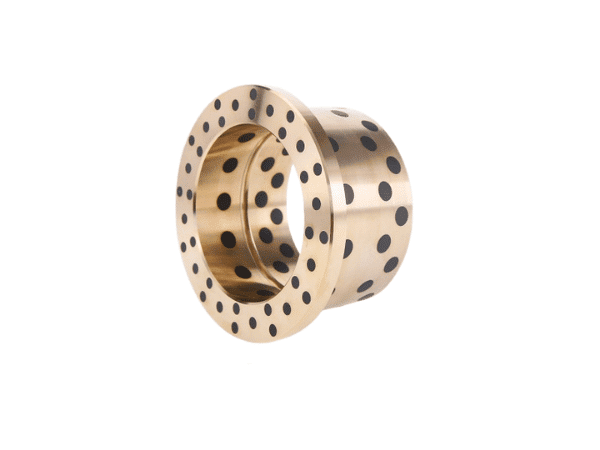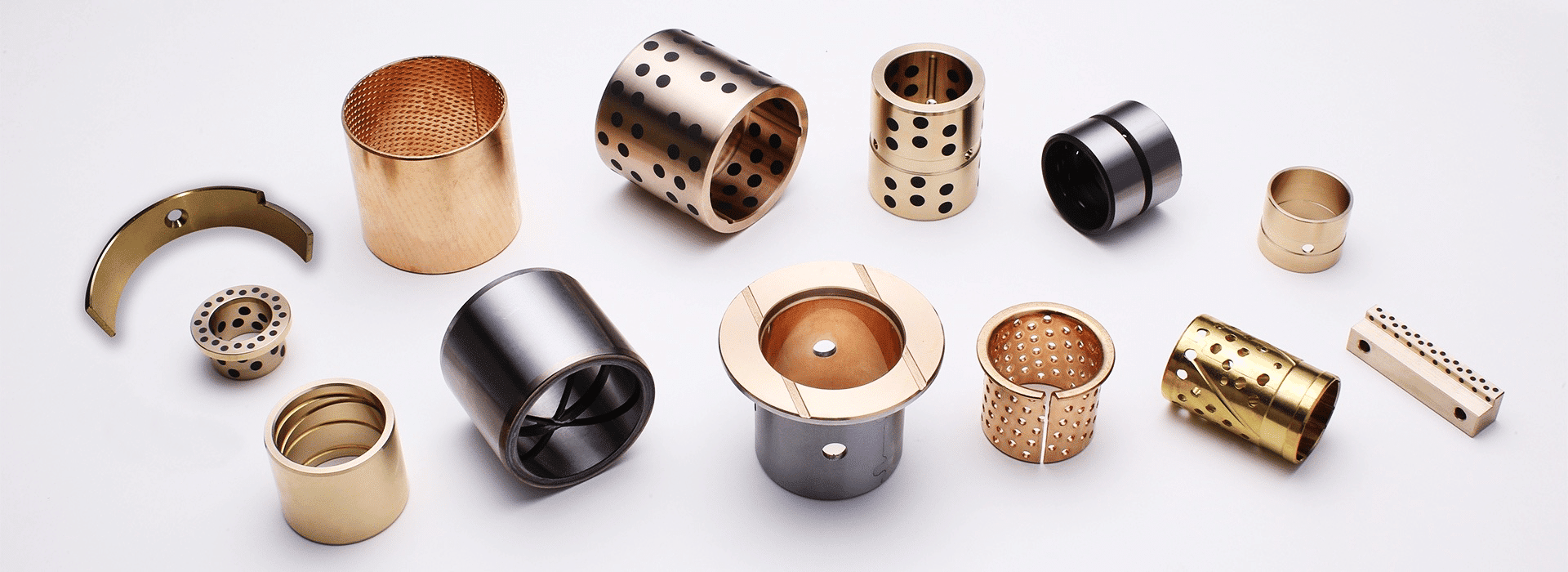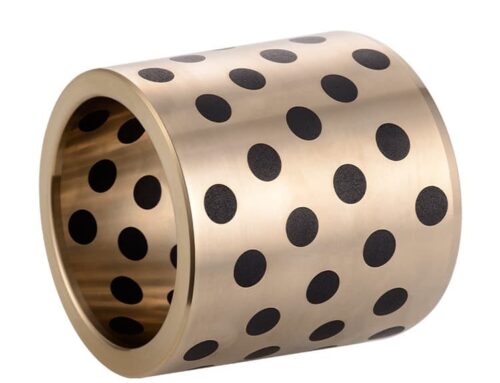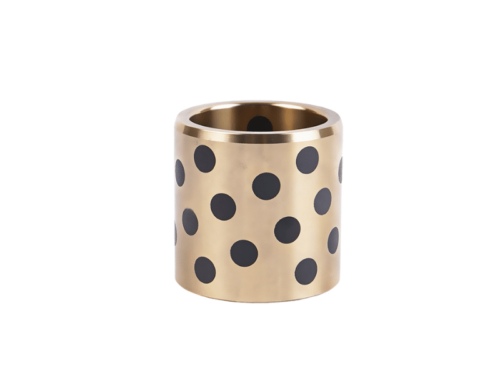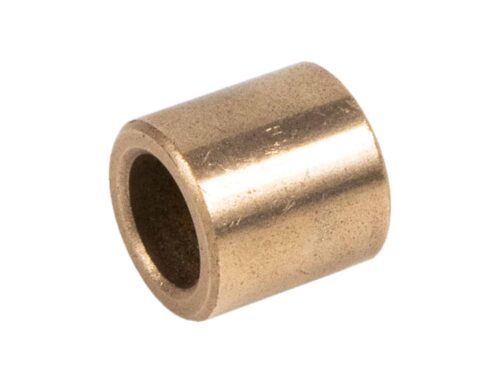Sliding Bearings with Graphite for Excellent Lubrication
Self-lubricating Bearings – A Guide to Sliding Bearing
Self-lubricating bearings represent a significant advancement in sliding bearing technology. These bearings are engineered for high density and high strength, thanks to continuous research and development in the field of sliding technology and self-lubricating materials. Available in a diverse range of materials – including bronze, steel, stainless steel, and bimetal – these bearings cater to the varied requirements of different industries. They offer stable lubrication, longer life, and superior performance across an extended temperature range.
about the company
Sliding Bearing material and bushing type selection guides
A dry sliding bearing, also known as a bushing, is a type of bearing that provides a sliding motion between two surfaces without the use of lubricants. This is different from other types of bearings that typically require some form of lubrication to reduce friction and wear.
Dry sliding bearings are usually made from materials with low friction characteristics such as PTFE (polytetrafluoroethylene), various forms of bronze, and other composite materials. The design of these bearings often involves a composite structure, which could include a metal backing for strength, a porous intermediate layer to distribute loads and maintain physical stability, and a sliding layer that provides the low friction interface.
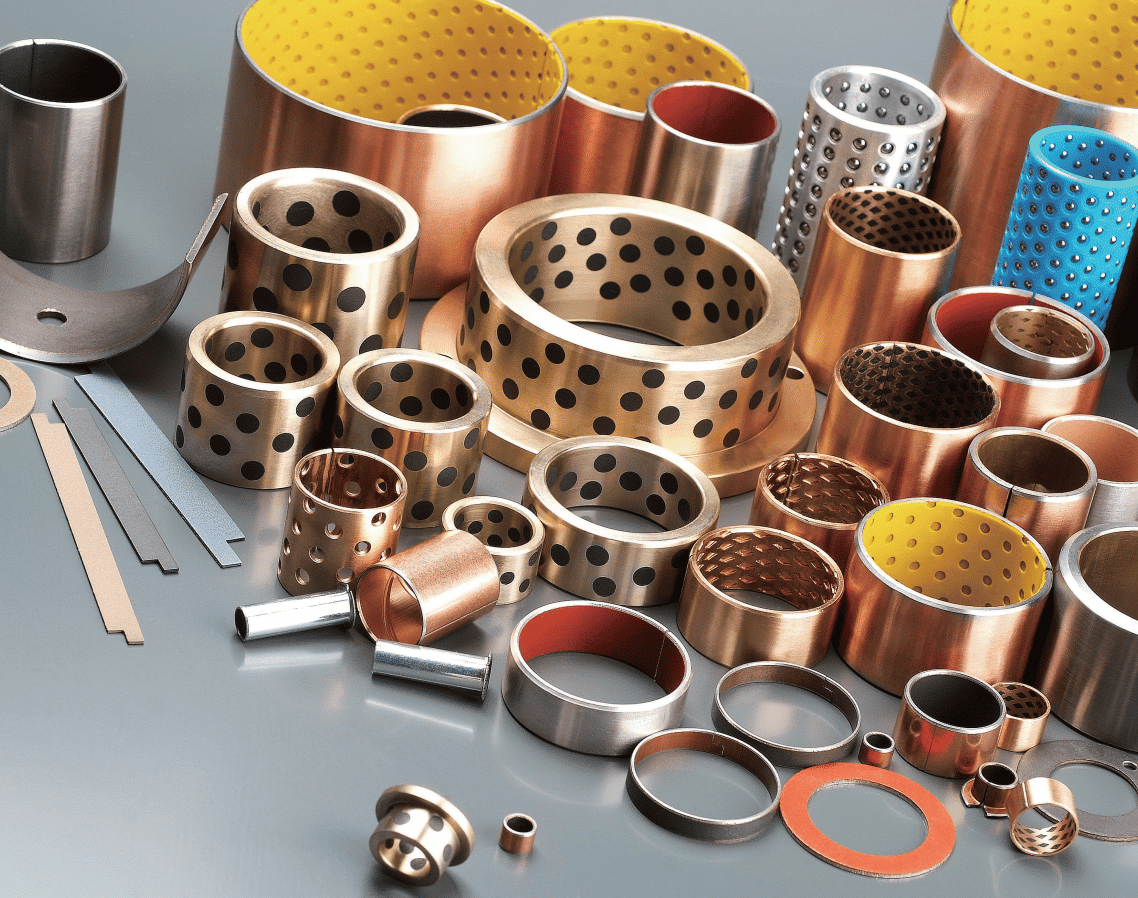
Product Quality Index
Energy Generation
The sliding bearing that can do more – Custom Bearings Size Options
Sliding Bearings Bushing and Technology
Sliding bearings, also known as bushings, sleeve bearings, or plain bearings, are simple devices designed to bear load and allow relative motion between two surfaces sliding against each other. Unlike rolling element bearings, they do not include rolling elements but instead have a flat surface where the journal (the part of a shaft in contact with the bearing) slides over the bearing surface.
Advanced Sliding Bearing Technology: Unleashing Potential Across Various Applications
Understanding the world of sliding bearings is pivotal for many industries dealing with rotating equipment applications. Sliding bearings, or plain bearings, are often overlooked due to their simplicity, but they offer a wealth of benefits across various applications, including pumps, industrial machines, automotive systems, and more. Here, we delve into the technology, types, and benefits of sliding bearings, highlighting their importance in various industrial domains.
Unraveling Sliding Bearing Technology
A sliding bearing is a device that carries a load while permitting relative motion between the bearing surface and the load with minimal friction. The bearing surface is usually a smooth, lubricated surface that can be a cylinder, disk, or even a complex shape.
The sliding bearings shaft is generally supported by the sliding surface, with oil and air in between to facilitate sliding movement. Unlike their rolling-element counterparts, sliding bearings provide a simpler design, lighter weight, longer life, and introduce minimal vibrations or noise.
Delving into Types: From Composite to Self-Lubricating Bearings
Composite Bearings
Composite bearings are a type of sliding bearing made of composite material designed for slippery surfaces or shafts. These bearings are suited to a wide range of fields and machine components due to their lighter weight, low cost, and versatility compared to ball bearings. They generate less vibration and noise, and have a lower slip friction coefficient. Notably, they exhibit excellent workability and electrical insulation when heated and are water and chemical-resistant.
Self-Lubricating Bearings
On the other hand, self-lubricating bearings are a testament to the continued development of sliding technology and materials. These bearings exhibit high density and high strength, ensuring their stable lubrication for a longer life and excellent performance across a wider temperature range. They are available in a wide range of materials, including bronze, steel, and stainless steel. With grooves located on the internal bore of sleeve type bronze bearings, they offer high-precision support without contacting the shaft due to hydrodynamic effects. The design also provides high rigidity and prevents eccentric motion with unbalanced loads.
A Spectrum of Sliding Bearing Products
The spectrum of sliding bearing products is wide and varied. From SEGB Oilless Ejector Guide Bushings and SPB oilless bushes to graphite filled bronze bushes and slide bearing plates, the range is extensive. Other products include standard guide bush, self-lubricating sliding plates/wear plates, self-lubricating bars, and a variety of bearings for specialized applications.
Where to Get Sliding Bearings?
Today, many manufacturers like Viiplus offer a vast range of plain bearings for all applications across all industries. Their offer ranges from flange composite sliding bearings, POM sliding bearings, metal polymer sliding bearings, to steel-backed PTFE sliding bearings and more. They also offer expert technical advice for all of your plain bearing requirements.
The Edge of Sliding Bearings
The benefits of sliding bearings are manifold. They are lightweight, introduce minimal vibrations or noise, are easy to install, and offer excellent resistance to corrosion and heat. They are also ideal for applications where the use of lubricants is problematic or where traditional rolling bearings can’t operate.
In conclusion, sliding bearings, with their vast product range, inherent technological advantages, and potential for customization, hold a crucial place in numerous industries. They are not just bearings; they are solutions offering improved performance and reduced costs. Explore the world of sliding bearings today and enhance the longevity and efficiency of your machinery.
Composite dry sliding bearings, also known as self-lubricating or oilless bearings, are an ideal choice for applications where maintenance is difficult and where normal oil or grease lubrication could contaminate the environment. The bushings you’re describing utilize a layered structure, typically consisting of a steel backing, a sintered bronze intermediate layer, and a PTFE (polytetrafluoroethylene) sliding layer.
Your red split bushing PTFE coating provides a self-lubricating surface for the bearing, which significantly reduces friction and enhances wear resistance. This coating also enables maintenance-free operation, which is a significant advantage in applications where regular lubrication would be problematic or impossible.
In addition, these bushings are corrosion-resistant and electrically insulating, which expands their possible applications to include environments that are corrosive or require electrical isolation.
The unique manufacturing process you described involves a combination of materials that enhance mechanical strength, load capability, and self-lubrication. It’s also eco-friendly as it does not involve the use of lead.
As for the dimensions and installation of these bushings, various standard and custom sizes are available to suit different applications. The assembly advice you provided is critical to ensuring proper fit and function. Special shapes and forms, such as cylindrical bushes, flanged bushes, thrust washers, flanged washers, and sliding plates, can also be created to meet specific application requirements.
These bearings find widespread use in many industries, including machine and plant construction, textile processing, agricultural machinery, hydraulic pumps, and the automotive industry. They are also particularly suitable for use in corrosive environments, food processing, and industries where potential lubricant contamination is a concern.
For any special manufacturing requirements or inquiries about stainless self-lubricating plain bearings, you can contact the supplier directly, who should be able to provide further assistance and product customization.
A low friction slide bearing, also known as a plain bearing or a bushing, is a type of bearing that provides a sliding interface with low friction and high wear resistance between two surfaces. This low friction property is typically achieved through the use of materials that can slide against each other smoothly or the inclusion of lubricants.
These bearings are constructed from a variety of materials, including metal, plastic, and composite materials. The choice of material depends on the application and the specific requirements of the bearing, such as load capacity, operating temperature, and environmental conditions.
Here are some key features of low friction slide bearings:
- Low Friction: These bearings are designed to minimize friction between moving parts, helping to reduce wear and tear and improve efficiency. This is achieved through the use of self-lubricating materials or the inclusion of lubricants.
- High Wear Resistance: The materials used in these bearings provide excellent resistance to wear, ensuring a longer service life.
- Maintenance-Free: Many low friction slide bearings are self-lubricating, meaning they require little to no maintenance once installed.
- Versatility: These bearings can be used in a wide range of applications, from industrial machinery to automotive components, due to their robustness and ability to withstand harsh environments.
- Customizability: They can be made in a variety of shapes and sizes to meet specific application requirements. Custom-made bearings can also be created based on a provided drawing or specification.
The main benefit of using low friction slide bearings is the reduction of friction between moving parts, which can lead to increased efficiency, reduced wear, and extended component life.
Advanced Sliding Bearing Technology: Unleashing Potential Across Various Applications
Understanding the world of sliding bearings is pivotal for many industries dealing with rotating equipment applications. Sliding bearings, or plain bearings, are often overlooked due to their simplicity, but they offer a wealth of benefits across various applications, including pumps, industrial machines, automotive systems, and more. Here, we delve into the technology, types, and benefits of sliding bearings, highlighting their importance in various industrial domains.
Unraveling Sliding Bearing Technology
A sliding bearing is a device that carries a load while permitting relative motion between the bearing surface and the load with minimal friction. The bearing surface is usually a smooth, lubricated surface that can be a cylinder, disk, or even a complex shape.
The sliding bearings shaft is generally supported by the sliding surface, with oil and air in between to facilitate sliding movement. Unlike their rolling-element counterparts, sliding bearings provide a simpler design, lighter weight, longer life, and introduce minimal vibrations or noise.
Delving into Types: From Composite to Self-Lubricating Bearings
Composite Bearings
Composite bearings are a type of sliding bearing made of composite material designed for slippery surfaces or shafts. These bearings are suited to a wide range of fields and machine components due to their lighter weight, low cost, and versatility compared to ball bearings. They generate less vibration and noise, and have a lower slip friction coefficient. Notably, they exhibit excellent workability and electrical insulation when heated and are water and chemical-resistant.
Self-Lubricating Bearings
On the other hand, self-lubricating bearings are a testament to the continued development of sliding technology and materials. These bearings exhibit high density and high strength, ensuring their stable lubrication for a longer life and excellent performance across a wider temperature range. They are available in a wide range of materials, including bronze, steel, and stainless steel. With grooves located on the internal bore of sleeve type bronze bearings, they offer high-precision support without contacting the shaft due to hydrodynamic effects. The design also provides high rigidity and prevents eccentric motion with unbalanced loads.
A Spectrum of Sliding Bearing Products
The spectrum of sliding bearing products is wide and varied. From SEGB Oilless Ejector Guide Bushings and SPB oilless bushes to graphite filled bronze bushes and slide bearing plates, the range is extensive. Other products include standard guide bush, self-lubricating sliding plates/wear plates, self-lubricating bars, and a variety of bearings for specialized applications.
Where to Get Sliding Bearings?
Today, many manufacturers like Viiplus offer a vast range of plain bearings for all applications across all industries. Their offer ranges from flange composite sliding bearings, POM sliding bearings, metal polymer sliding bearings, to steel-backed PTFE sliding bearings and more. They also offer expert technical advice for all of your plain bearing requirements.
The Edge of Sliding Bearings
The benefits of sliding bearings are manifold. They are lightweight, introduce minimal vibrations or noise, are easy to install, and offer excellent resistance to corrosion and heat. They are also ideal for applications where the use of lubricants is problematic or where traditional rolling bearings can’t operate.
In conclusion, sliding bearings, with their vast product range, inherent technological advantages, and potential for customization, hold a crucial place in numerous industries. They are not just bearings; they are solutions offering improved performance and reduced costs. Explore the world of sliding bearings today and enhance the longevity and efficiency of your machinery.
Composite dry sliding bearings, also known as self-lubricating or oilless bearings, are an ideal choice for applications where maintenance is difficult and where normal oil or grease lubrication could contaminate the environment. The bushings you’re describing utilize a layered structure, typically consisting of a steel backing, a sintered bronze intermediate layer, and a PTFE (polytetrafluoroethylene) sliding layer.
Your red split bushing PTFE coating provides a self-lubricating surface for the bearing, which significantly reduces friction and enhances wear resistance. This coating also enables maintenance-free operation, which is a significant advantage in applications where regular lubrication would be problematic or impossible.
In addition, these bushings are corrosion-resistant and electrically insulating, which expands their possible applications to include environments that are corrosive or require electrical isolation.
The unique manufacturing process you described involves a combination of materials that enhance mechanical strength, load capability, and self-lubrication. It’s also eco-friendly as it does not involve the use of lead.
As for the dimensions and installation of these bushings, various standard and custom sizes are available to suit different applications. The assembly advice you provided is critical to ensuring proper fit and function. Special shapes and forms, such as cylindrical bushes, flanged bushes, thrust washers, flanged washers, and sliding plates, can also be created to meet specific application requirements.
These bearings find widespread use in many industries, including machine and plant construction, textile processing, agricultural machinery, hydraulic pumps, and the automotive industry. They are also particularly suitable for use in corrosive environments, food processing, and industries where potential lubricant contamination is a concern.
For any special manufacturing requirements or inquiries about stainless self-lubricating plain bearings, you can contact the supplier directly, who should be able to provide further assistance and product customization.
A low friction slide bearing, also known as a plain bearing or a bushing, is a type of bearing that provides a sliding interface with low friction and high wear resistance between two surfaces. This low friction property is typically achieved through the use of materials that can slide against each other smoothly or the inclusion of lubricants.
These bearings are constructed from a variety of materials, including metal, plastic, and composite materials. The choice of material depends on the application and the specific requirements of the bearing, such as load capacity, operating temperature, and environmental conditions.
Here are some key features of low friction slide bearings:
- Low Friction: These bearings are designed to minimize friction between moving parts, helping to reduce wear and tear and improve efficiency. This is achieved through the use of self-lubricating materials or the inclusion of lubricants.
- High Wear Resistance: The materials used in these bearings provide excellent resistance to wear, ensuring a longer service life.
- Maintenance-Free: Many low friction slide bearings are self-lubricating, meaning they require little to no maintenance once installed.
- Versatility: These bearings can be used in a wide range of applications, from industrial machinery to automotive components, due to their robustness and ability to withstand harsh environments.
- Customizability: They can be made in a variety of shapes and sizes to meet specific application requirements. Custom-made bearings can also be created based on a provided drawing or specification.
The main benefit of using low friction slide bearings is the reduction of friction between moving parts, which can lead to increased efficiency, reduced wear, and extended component life.
Versatility: These bearings can be used in a wide variety of applications, including those with challenging environmental conditions. For example, they’re ideal for high-temperature environments where regular lubricants would degrade, or in applications that need to be clean and can’t risk contamination from lubricants.
“Online Solutions: Innovative polymer solutions for the industrial sector.”
Self-lubricating Steel Bearings Supplier
Switch from Bearing – Bushing Solutions
A noteworthy feature of these bearings is the grooves located on the internal bore of sleeve type bronze bearings. This design element offers high-precision support without making contact with the shaft, due to the hydrodynamic effects. Furthermore, these bearings are known for their high rigidity and a design that prevents eccentric motion, even under unbalanced loads. Self-lubricating bearings are also celebrated for their excellent seizure resistance, a key feature that further enhances their longevity and reliability. Moreover, thrust bearing types can also be produced in this category, providing a wider range of solutions for different applications. Steel bushings and bearings are a common choice for applications where robustness and durability are paramount. These bearings are often suited for high load, high speed, and high-temperature applications. They can operate with both grease and oil lubrication, allowing them to offer a high degree of versatility in different industrial applications.

